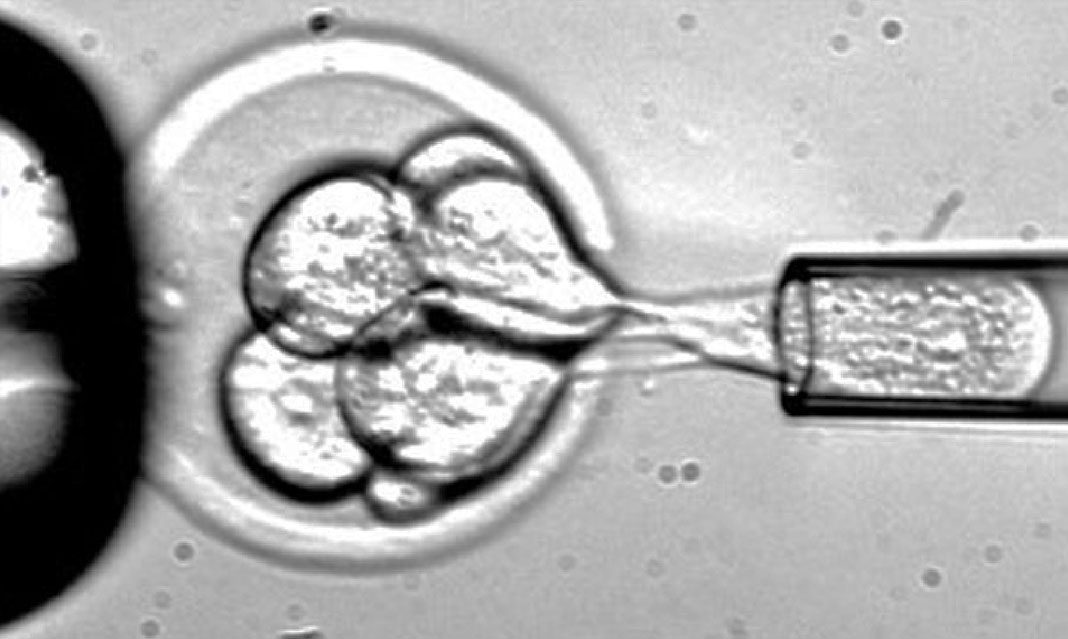What are stem cells and what role can they play in medicine and research? Stem cell research offers exciting possibilities in terms of regenerative medicine. However, there are ethical controversies and challenges impeding the field’s advancement. In this article, The Medium presents a brief overview of the unique abilities, applications, and challenges of stem cells.
According to the National Institute of Health, stem cells are able to develop into many different cell types in the body during early life and growth. When stem cells divide, the new cell can become another stem cell or it can become a specialized cell such as a muscle cell or a brain cell. Stem cells provide new cells for the body as it grows and replaces damaged or lost specialized cells. The two unique properties of stem cells are that the stem cells can divide multiple times to produce new cells, and as they divide, the stem cells can generate other types of cells found in the body.
In organs such as the gut and the bone marrow (the soft tissue inside most bones), stem cells routinely divide to replace damaged tissue. However, in other organs such as the heart, stem cells require certain physiological conditions to facilitate cell division.
Stem cells can be divided into two categories: embryonic stem cells and adult stem cells. Embryonic stem cells are derived from a blastocyst—an early stage of embryo development. The blastocyst contains the trophectoderm, which will eventually form the placenta, and the inner cell mass, which will develop into the embryo, and later into the organism. Stem cells taken from the inner cell mass are pluripotent—they can develop into any cell type in the body. The embryonic stem cells used in research are sourced from unused embryos that were a result of an in vitro fertilization procedure and were donated for scientific research.
Adult stem cells also have the ability to divide into more than one cell type; however, they are often restricted to certain types of cells. For example, an adult stem cell found in the liver will only divide into more liver cells. In 2006, Shinya Yamanaka, a Japanese stem cell researcher, discovered how to program induced pluripotent stem cells (iPSCs). iPSCs are adult cells which have been genetically reprogrammed into a pluripotent embryonic stem cell-like state. Yamanaka won the Nobel Prize for Physiology or Medicine alongside English developmental biologist Sir John Gurdon in 2012 for this important discovery.
There are numerous ways in which stem cells can be used. Firstly, human embryonic stem cells can provide information as to how cells divide into tissues and organs. Abnormal cell division can cause cancer and birth defects, and therefore, a more comprehensive understanding of the processes underlying cell division may suggest new therapy strategies. Another beneficial avenue involves drug testing as new medications could be tested on cells developed from stem cells in the lab. However, a challenge for researchers is to create an environment identical to the conditions found in the human body.
Finally, stem cells present exciting possibilities in cell-based therapies and regenerative medicine. Instead of relying on a limited supply of donated organs and tissues to replace damaged and destroyed ones, stem cells could be directed to develop into the desired cell type and treat diseases such as heart disease, diabetes, and spinal cord injuries. For example, healthy heart muscle cells could be generated from stem cells in a laboratory and transplanted into an individual with heart disease. However, there is still research and testing which needs to be conducted before researchers can confirm how to effectively and safely use stem cells to treat serious disease.
As explained by the University of Rochester’s medical centre, there are several challenges associated with stem cells. Researchers first need to learn about how embryonic stem cells develop so that they can control the type of cells generated from stem cells. Scientists also need to determine how to ensure that the cells developed from stem cells in the lab are not rejected by the human body. Adult pluripotent stem cells are found in small amounts in the human body and are hard to grow in the lab. There are also numerous ethical issues surrounding the use of embryonic stem cells as some individuals believe that using cells from an unused blastocyst and consequently, rendering it incapable to develop into an organism, is similar to destroying an unborn child. Others argue that the blastocyst is not a child yet as it needs to be imbedded into the mother’s uterus wall before it has the chance to develop into a fetus. Supporters of embryonic stem cell research also say that many surplus blastocysts are destroyed in fertility clinics and can be better used to research medical treatments which could save people’s lives.
Students can learn more about stem cells in BIO380H5: Human Development. Furthermore, Dr. Ted Erlick’s lab at UTM is researching “how complex neural circuits develop from an initial population of stem cells.” Stem cell research offers promising avenues of treating diseases and understanding how humans develop. However, there is still a substantial amount of research which needs to be conducted and ethical concerns which need to be appropriately addressed and resolved.



